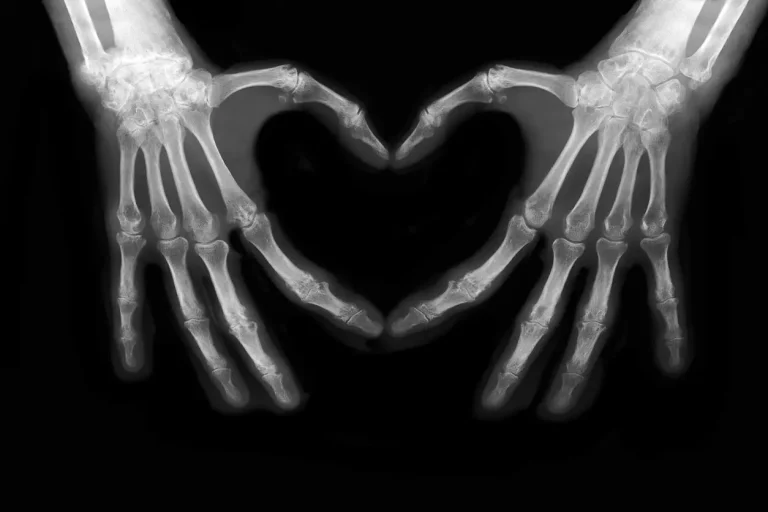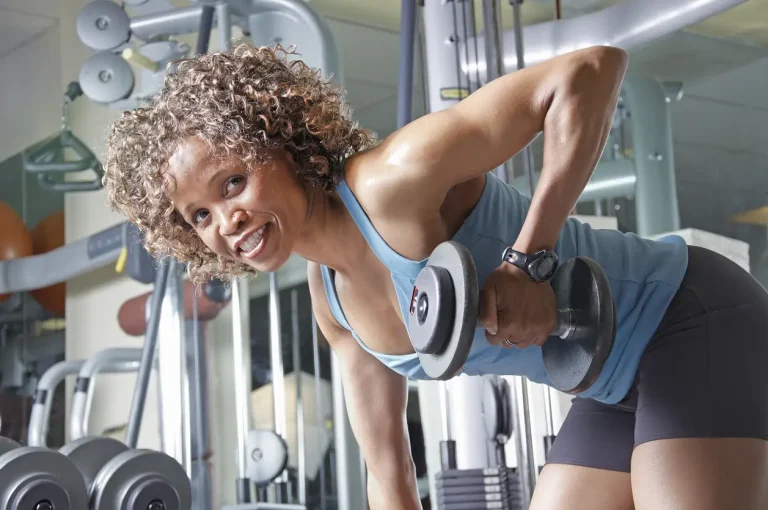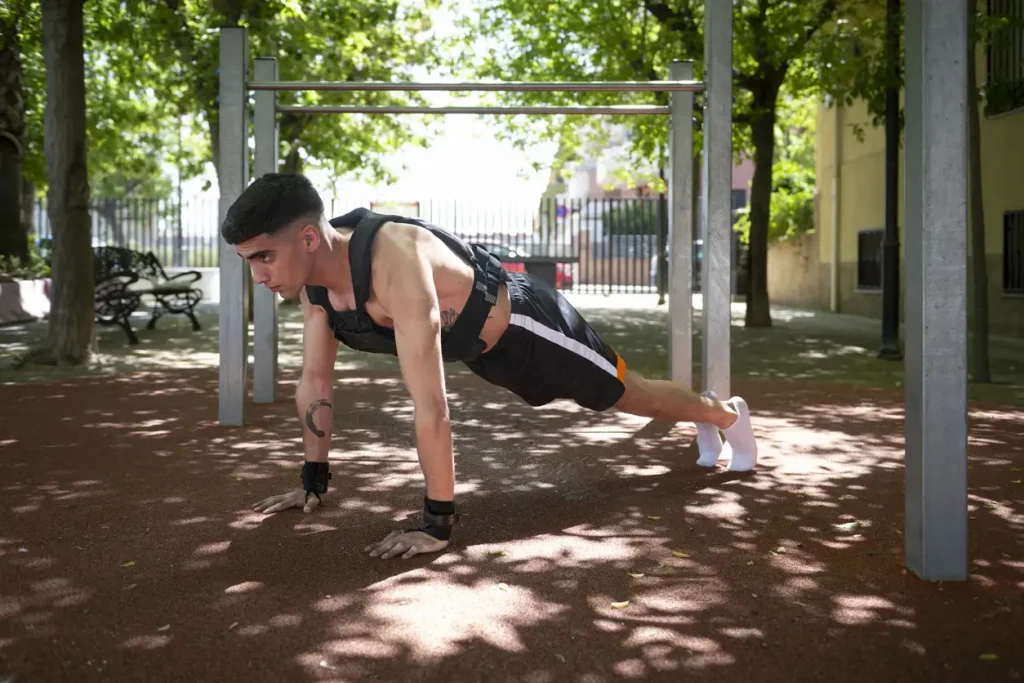Building Muscle Mass, Strengthening Bones, and Aging Like a Pro
As we age, staying strong and resilient isn’t just about looking fit — it’s about protecting the very foundation of our bodies: muscle and bone. The bad news? We start losing both after our 30s. The good news? A simple, low-tech tool — the weighted vest — can help slow that decline and even reverse it.
No, it won’t replace your barbell squats or deadlifts. But it will enhance everything from bodyweight training to your daily walks, making each movement a little more meaningful. Let’s explore how a weighted vest can support muscle mass, bone density, and overall longevity — with a few light-hearted nods along the way.

Why Muscle and Bone Matter More Than Ever
After the age of 30, most adults lose 3–8% of their muscle mass per decade, and bone density begins to decline as well — especially in postmenopausal women and sedentary individuals. This increases the risk of weakness, falls, fractures, and a long list of age-related setbacks.
Strength training is the gold standard for fighting back. A weighted vest doesn’t replace resistance training — but it does provide a smart, scalable way to layer resistance into everyday movement, especially for those who want to age with strength and confidence.
1. Builds Muscle, One Bodyweight Movement at a Time
A weighted vest adds resistance to familiar movements: push-ups, squats, lunges, walking, climbing stairs — even hiking. It turns a casual workout into something more effective for muscle maintenance and hypertrophy.
Think of it as progressive overload without the need for dumbbells or gym equipment. It’s especially valuable when you:
- Train at home or outdoors
- Want to intensify your current bodyweight workouts
- Are traveling or short on equipment
- Need a gentle way to challenge your muscles without heavy loads
It’s not a replacement for structured lifting, but it is a powerful supplement to it.
2. Strengthens Bones (Without High Impact)
Weighted vests are particularly useful for supporting bone mineral density — especially in the spine, hips, and legs. Wearing one during low-impact activities (like walking or stair climbing) helps stimulate bone-building cells, mimicking the stress bones need to stay strong.
This makes them a helpful tool for:
- Midlife adults focused on healthy aging
- Women during or after menopause
- Anyone concerned with osteoporosis or fracture risk
- Lifelong lifters looking to add variety with joint-friendly loading
In other words, it’s strength training’s quieter cousin — less flashy, just as important.
3. Boosts Core Stability and Postural Strength
Carrying weight on your torso forces your body to stabilize from the inside out. Your core, back, and glutes have to work harder to keep you upright and aligned, improving posture and balance over time — both of which are essential for injury prevention and functional longevity.
And yes, you’ll notice the next time you walk up a hill. That burn in your midsection? That’s your vest earning its keep.
4. Increases Efficiency Without Adding Time
A weighted vest helps you get more out of the time you already spend moving. Whether you’re walking the dog or doing a 20-minute bodyweight circuit, adding a bit of resistance can increase calorie burn, muscular effort, and metabolic demand — without increasing your schedule.
It’s a simple way to turn “light activity” into something that genuinely builds resilience.

What to Look for in a Weighted Vest
Not all vests are created equal. Here’s what to prioritize:
✔️ Adjustable Weight
Look for a vest with removable inserts, so you can gradually increase load as your strength improves.
✔️ Comfortable, Secure Fit
It should feel snug but not restrictive. Padding, breathable fabric, and adjustable straps make a big difference — especially for longer sessions.
✔️ Even Weight Distribution
A balanced vest won’t throw off your posture or strain your neck and shoulders.
✔️ Durability
Quality materials (like reinforced nylon or Cordura) will last longer — and smell less over time.
✔️ Movement-Friendly Design
Choose a vest that lets you move freely — whether that’s lunging, walking, or jogging up a hill pretending you’re training for something dramatic.
How to Use It (Responsibly)
Start light — think 5–10% of your bodyweight — and increase slowly. Focus on form, not ego, especially if you’re using it during movement-based workouts.
Here are a few great ways to integrate a weighted vest into your routine:
- Daily walks
- Stair climbing
- Bodyweight strength circuits
- Hiking or rucking
- Mobility and posture drills

Final Thoughts: A Small Tool for Long-Term Strength
A weighted vest is one of the simplest, most effective tools for supporting healthy aging. It adds resistance where you need it most, encourages better posture and stability, and helps you preserve the muscle and bone that will carry you well into your later years.
It’s low-impact, low-fuss, and highly effective — especially when used alongside a thoughtful training plan. So if you’re in it for the long game (and we hope you are), a weighted vest is well worth strapping on.







